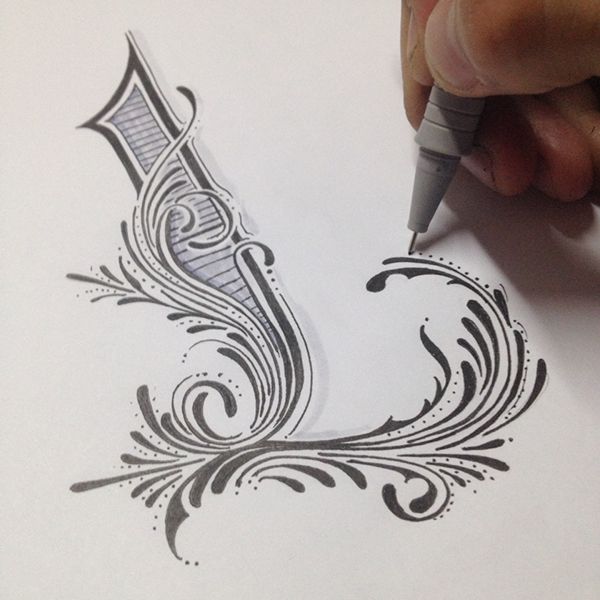In an article for the Design Observer, Michael Beirut (2005) explores what makes something look ‘real’ or ‘genuine’. Some designers and illustrators make efforts to include markers of authenticity in their work, such as personal flourishes and imperfections. Postmodern graphic designer, Tibor Kalman, found authenticity in vernacular design. He felt that design produced by those without formal design education (such as signs in shop windows, event flyers, etc.) had a genuine ‘innocence’ that was eroded by learning about ‘good’ or ‘bad’ design.
Beirut seems to equate authenticity to innovation, implying that copying is, by definition, inauthentic. This raises questions about the value of tradition. Isn’t tradition authentic? When designers or illustrators try to achieve an ‘authentic’ style, their first step is usually investigating the historical origins of a style.
The commercial arts (graphics and illustration) have entered an era of cultural appropriation, in which styles are readily borrowed from elsewhere. Borrowing from another culture without understanding its values can lead to erosion of those values, so that the style becomes superficial (take, for example, Western mandala designs, with borrow Indian style without the religious values that underpin the form in its original use). To that extent, copying can be very inauthentic. So, what are the criteria for authenticity?

Authenticity may be more about the designers/artists themselves than the work they produce. The origins of a person seem to give authenticity to the work that he or she produces. For example, and Italian designer producing a traditional-looking label for a pasta brand is considered more authentic than exactly the same label created by and English designer. Or, for illustration, an image is considered ‘authentic’ if the illustrator has directly experienced what he/she depicts as a core part of his/her biography. Essentially, there seems to be a rule that authenticity requires the creator to have ‘experienced’ (not just observed) his subject. Is this a superficial definition, or does it really matter whether a design is ‘genuine’?
Refereces:
Beirut, Michael (2005), ‘Authenticity: A User’s Guide‘, The Design Observer, 2 August (accessed 10 November 2014)



This article is very interesting to me, and I personally consider this issue relevant when talking about Art. An artist should throw out on the canvas his own life, with the urge of communicating it to the world. My opinion is that this is difficult for the Illustrator: he accepts many works for a money concern, and might not have lived the experience that gives authenticity around that particular product. Nevertheless, he should at least be informed about the product , or service, gathering as much information as possible. I would consider ‘authentic’ an illustration that succeeds in communicating authenticity, even if this has not been filtered through the illustrator’s own life. An illustrator should have empathy and curiosity , a skill necessarìy to enter other worlds and succeed in understanding them. And he should be able to give his personal, original, point of view on reality; this might also be considered a mark of genuine art.
LikeLike